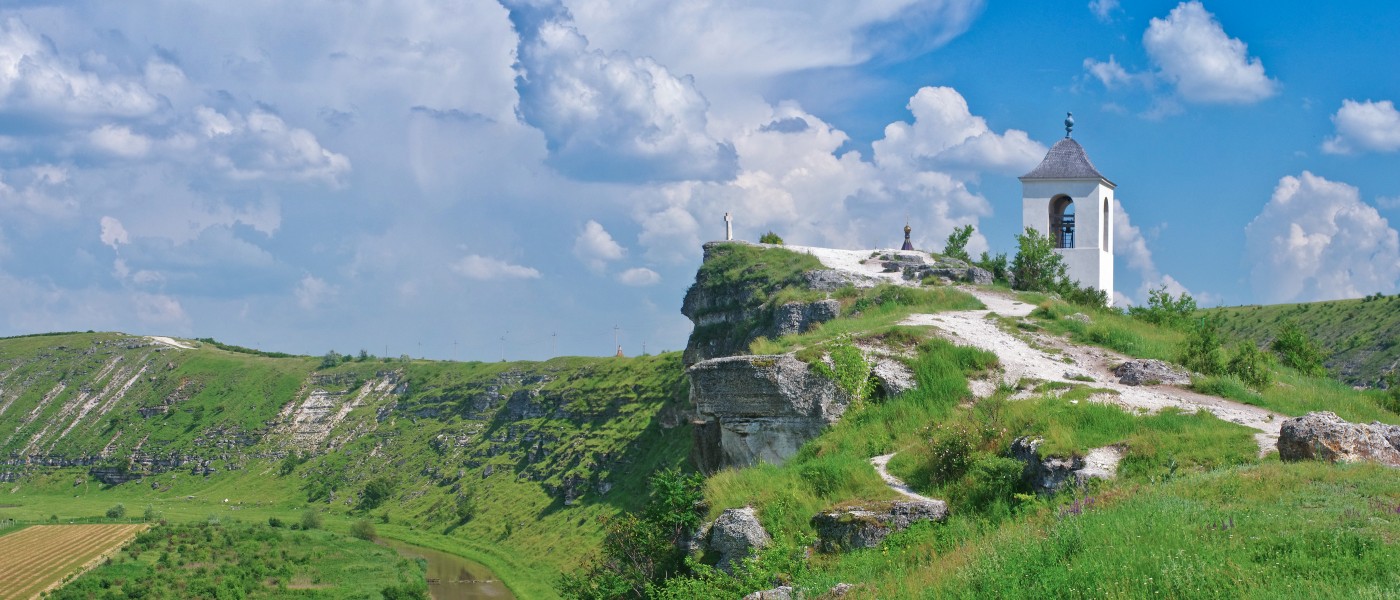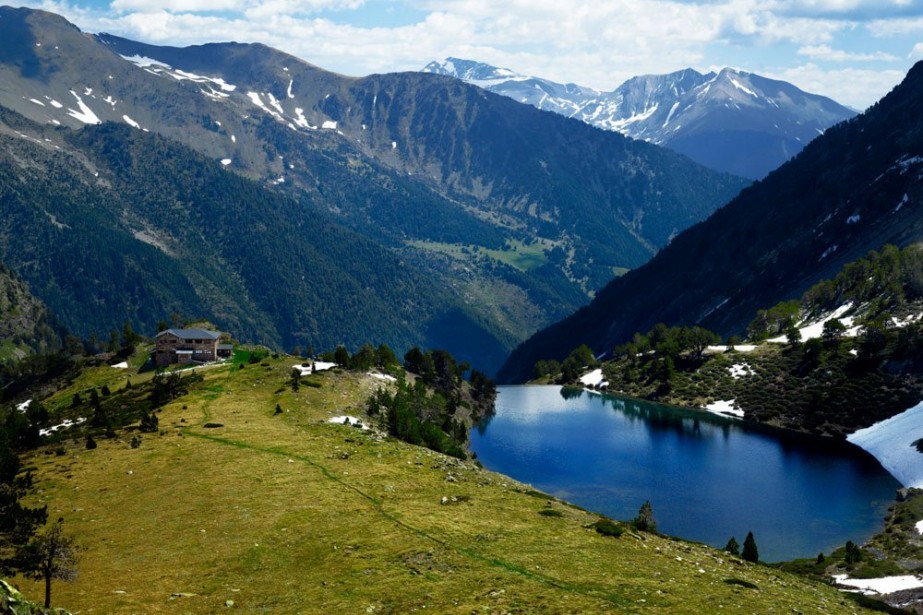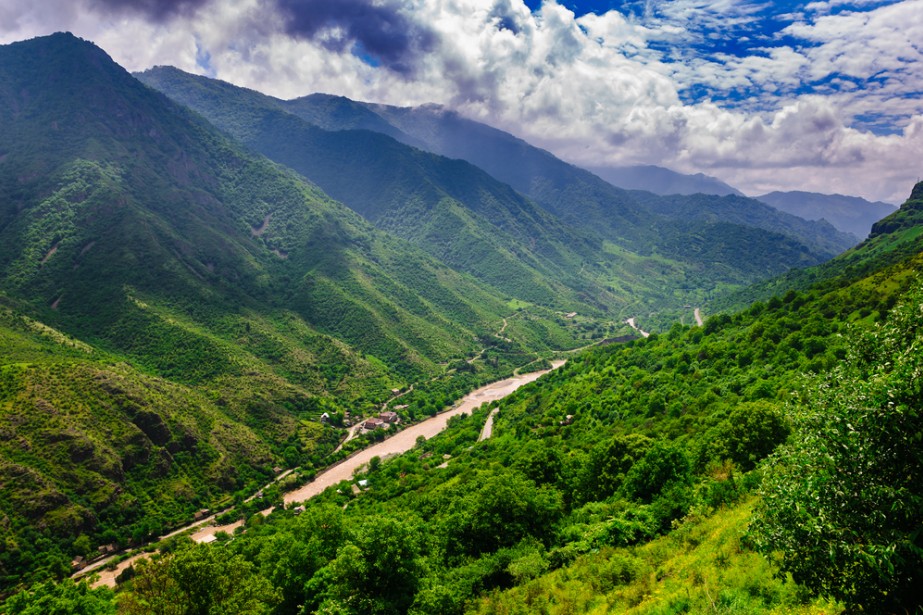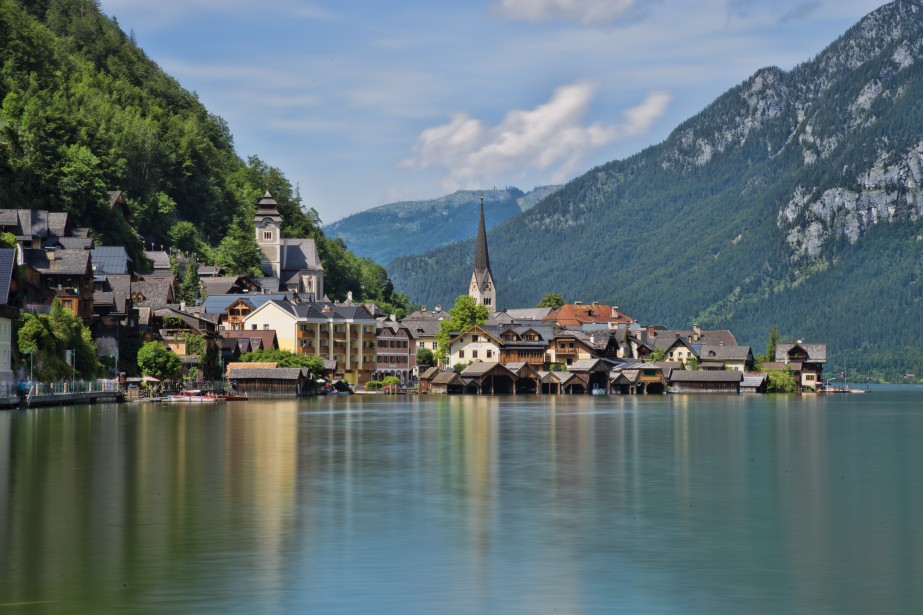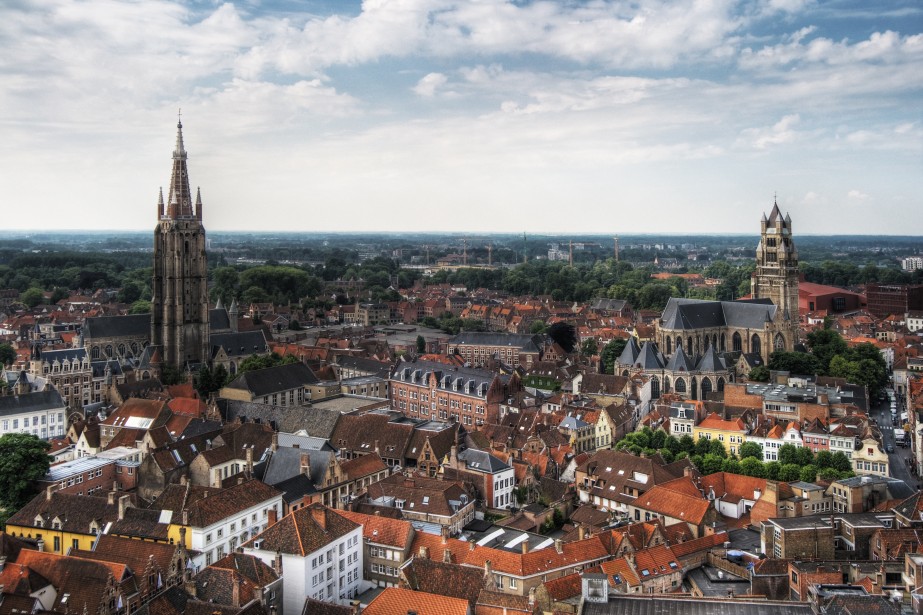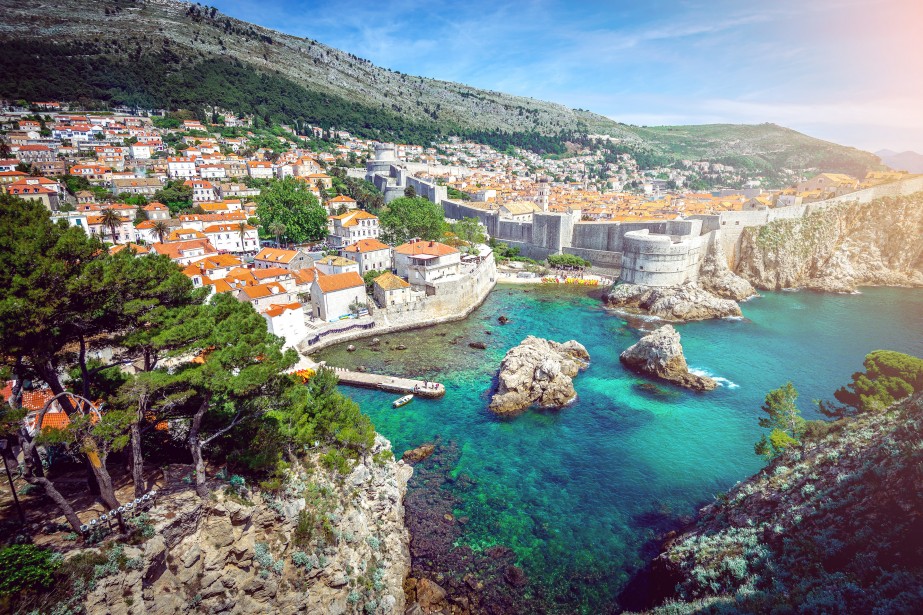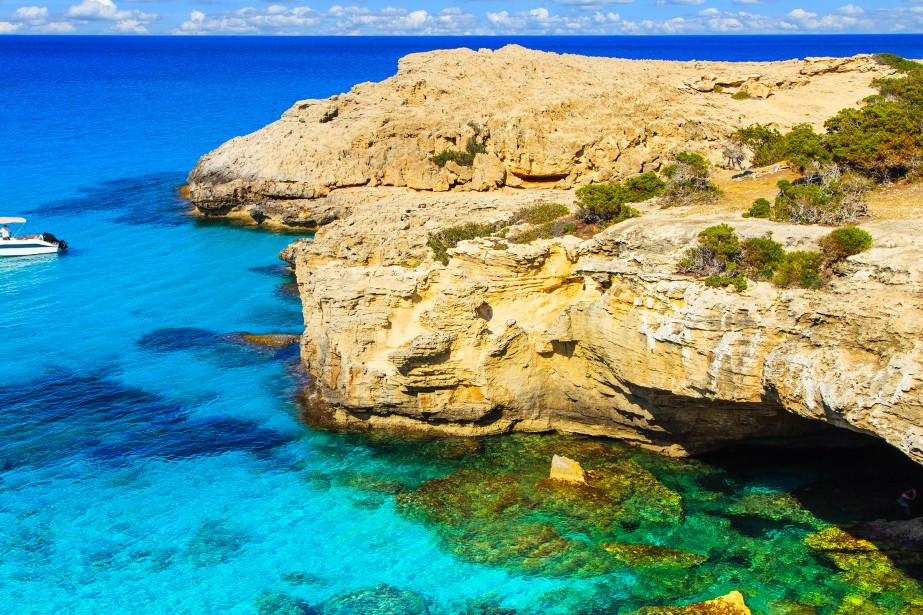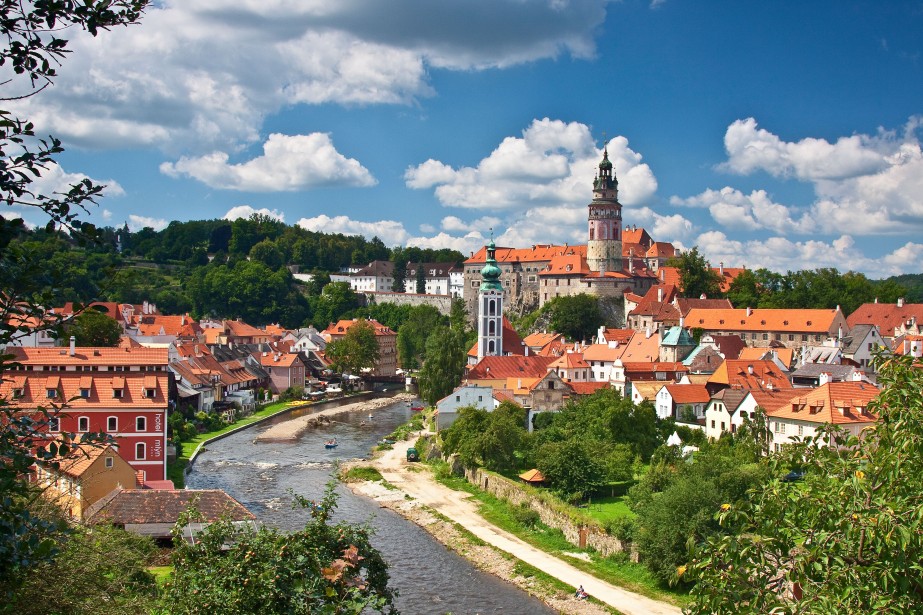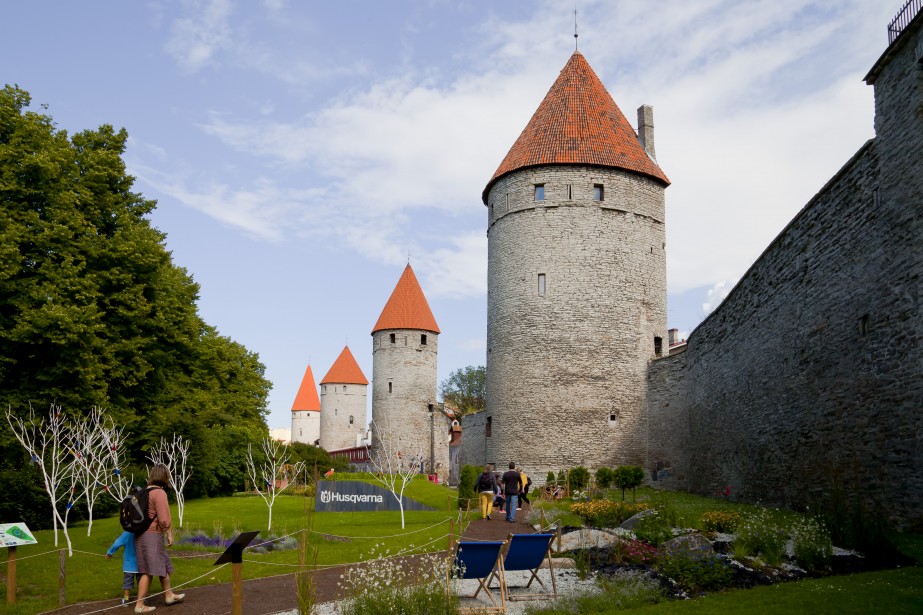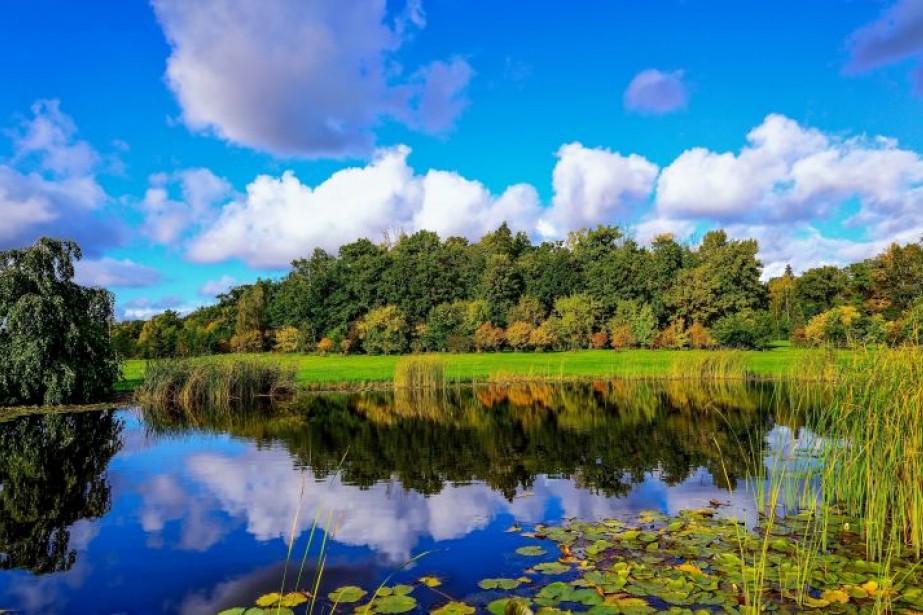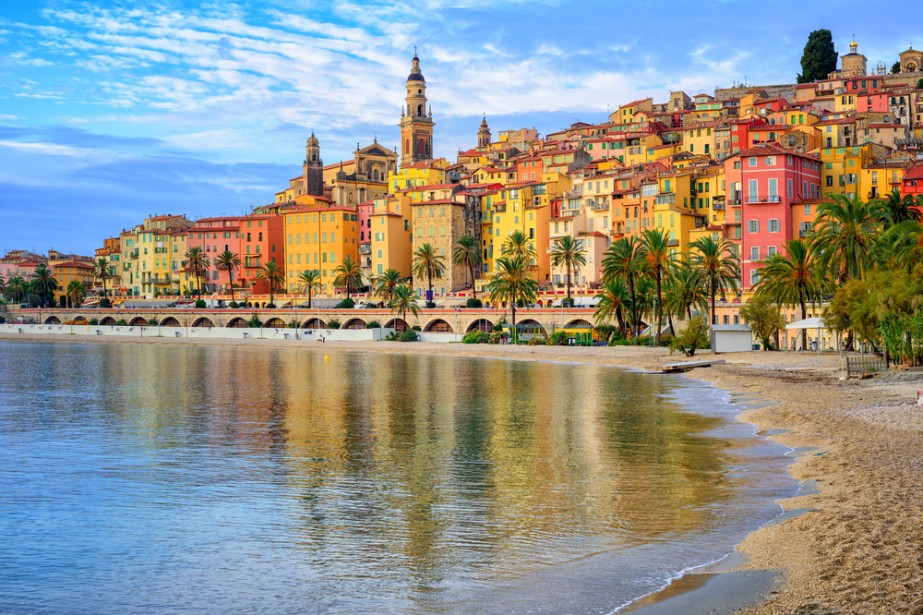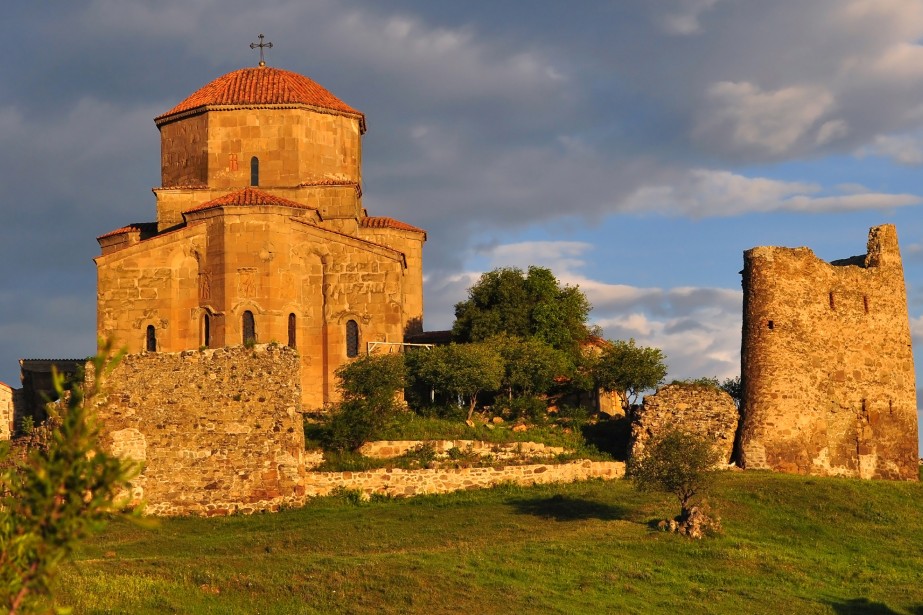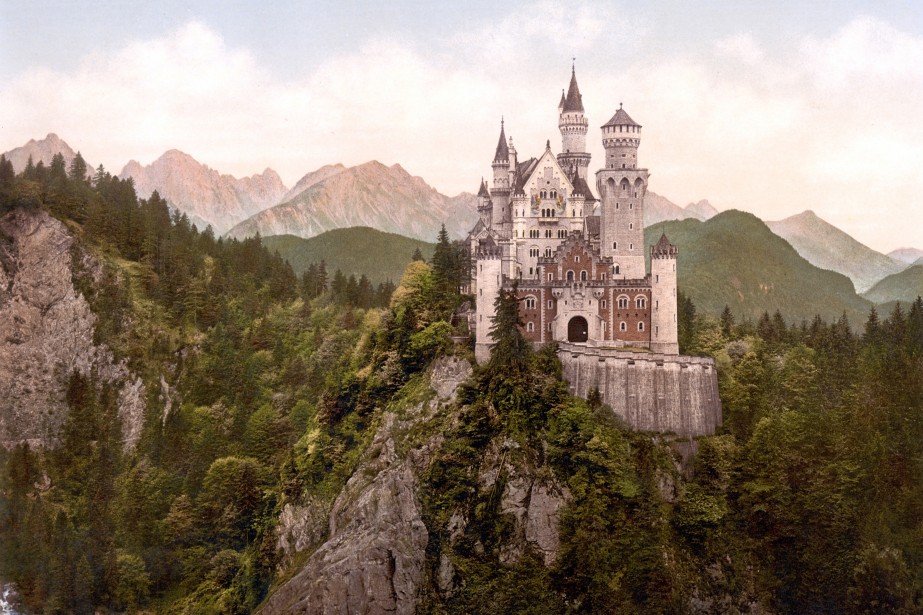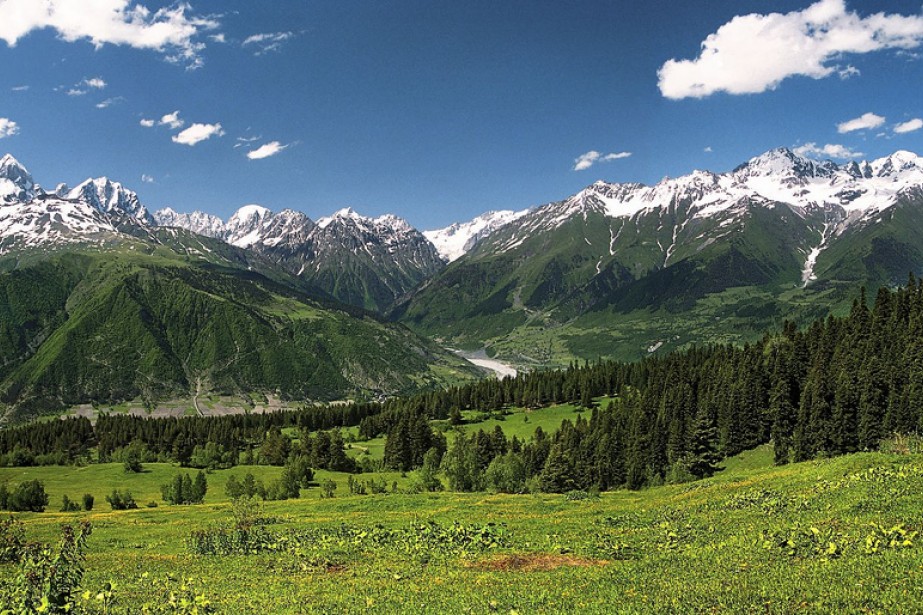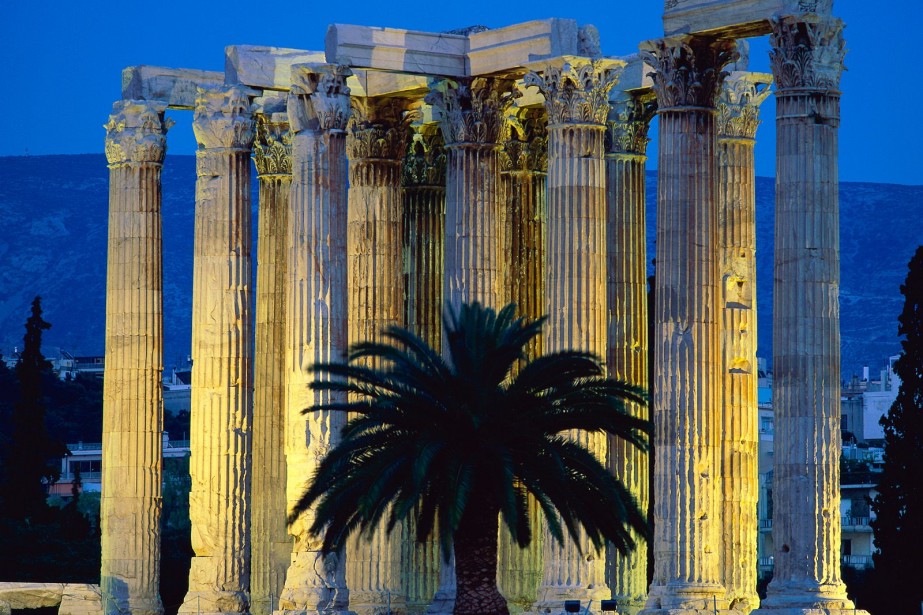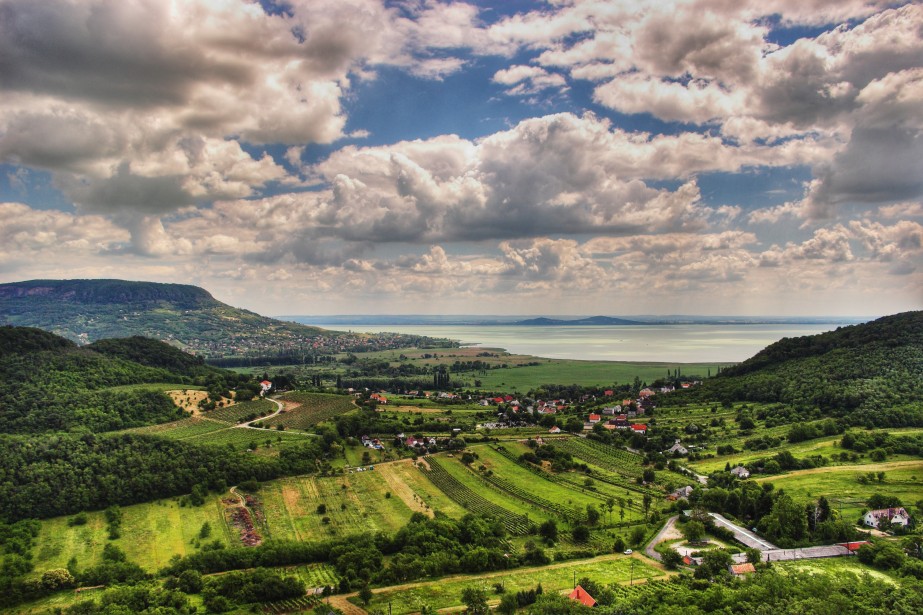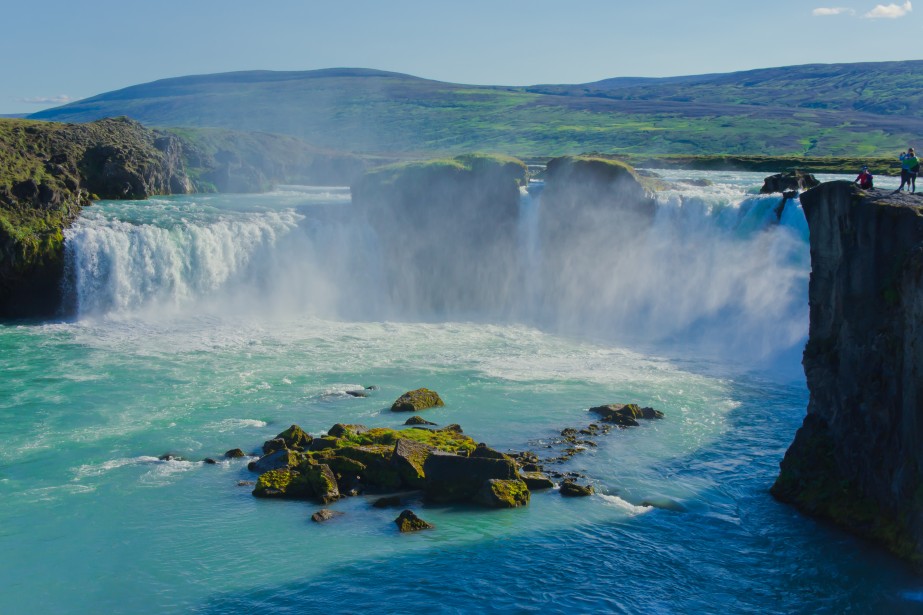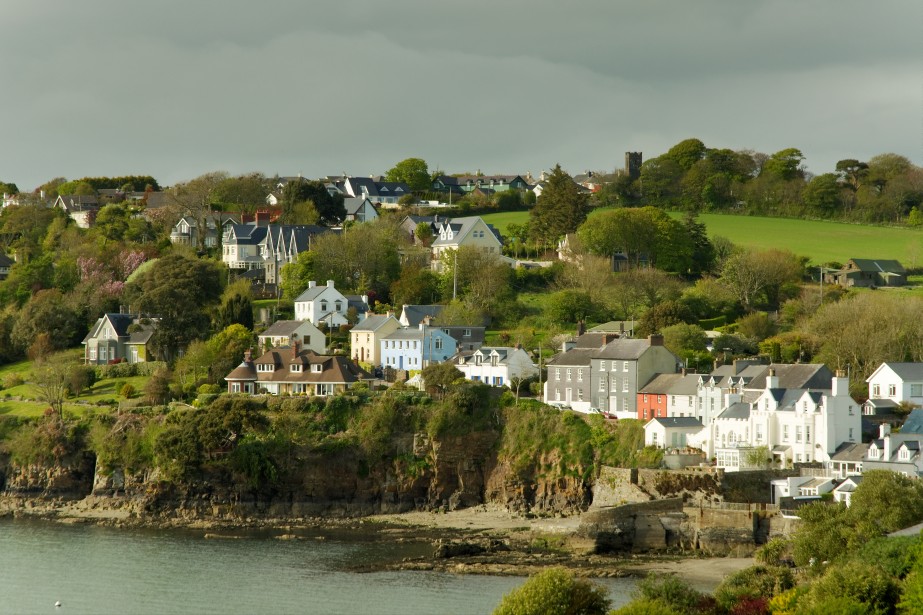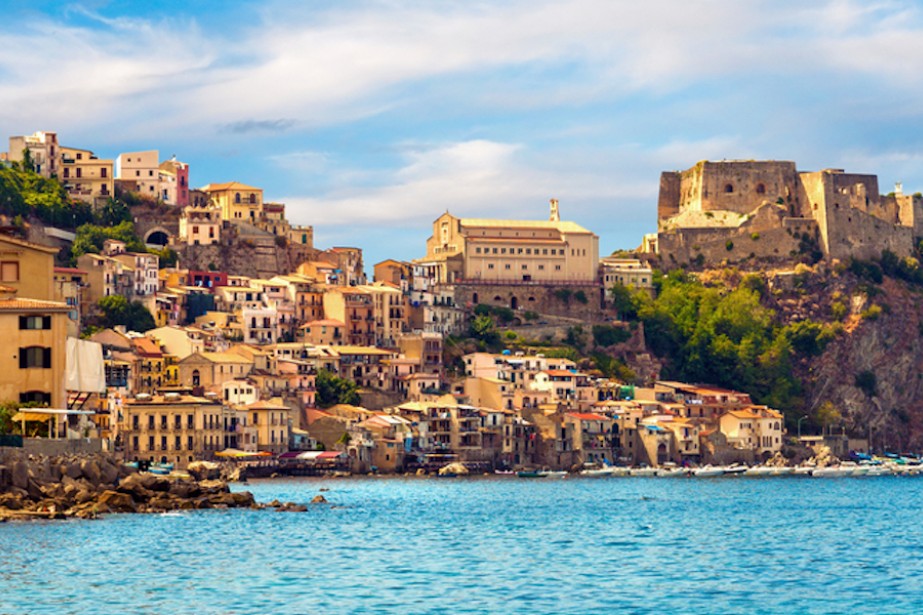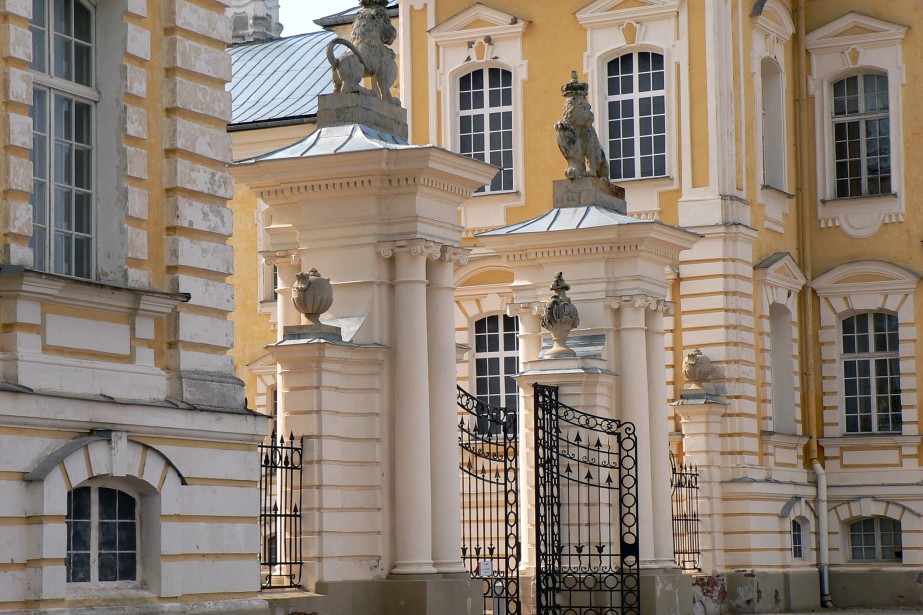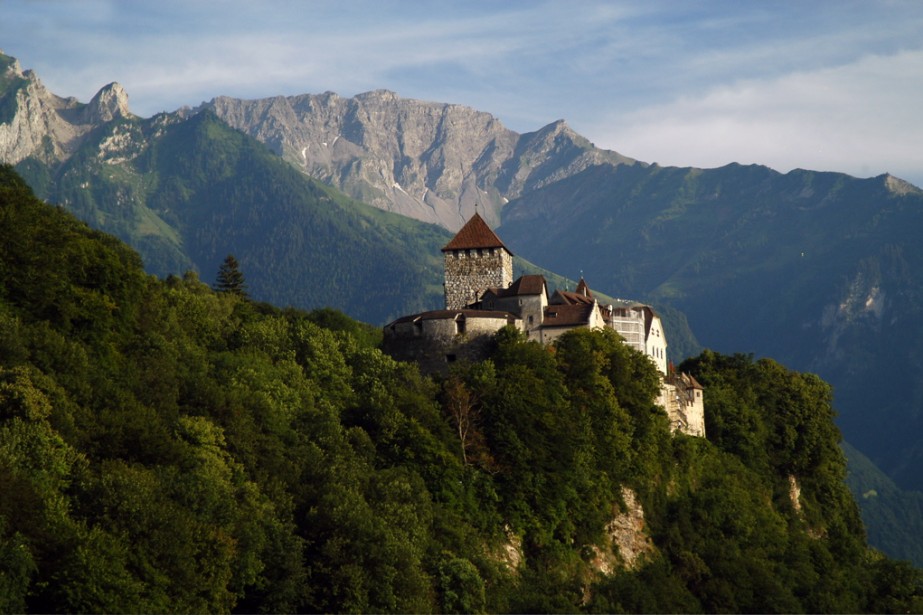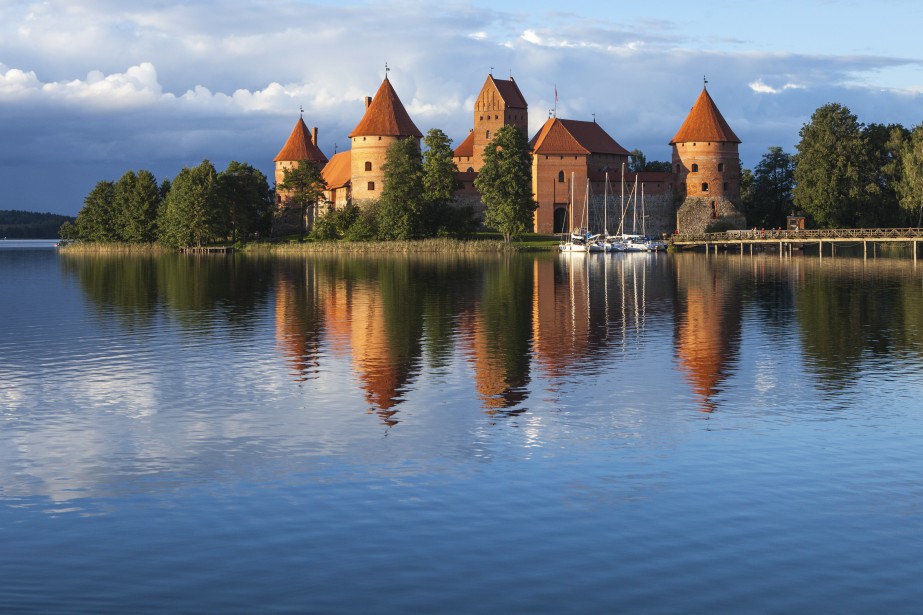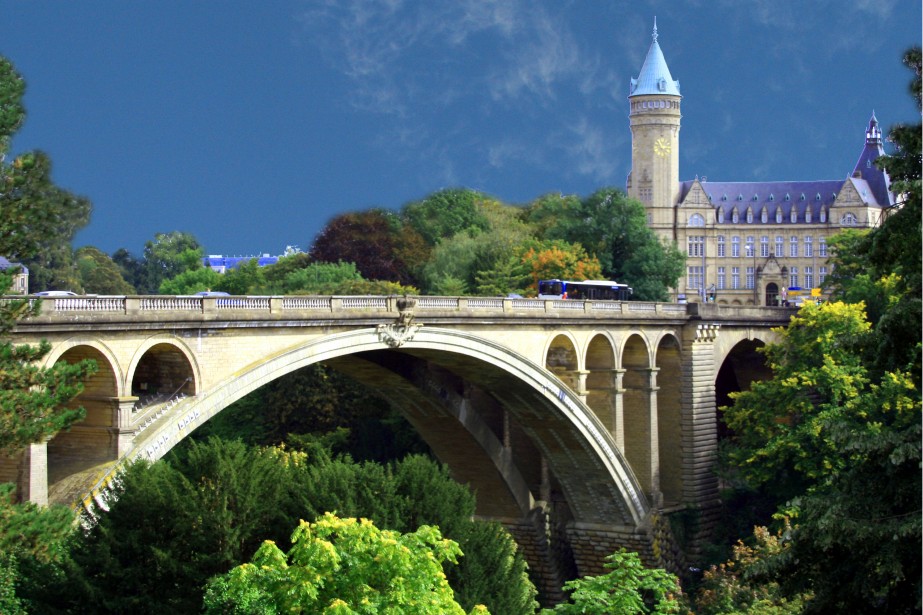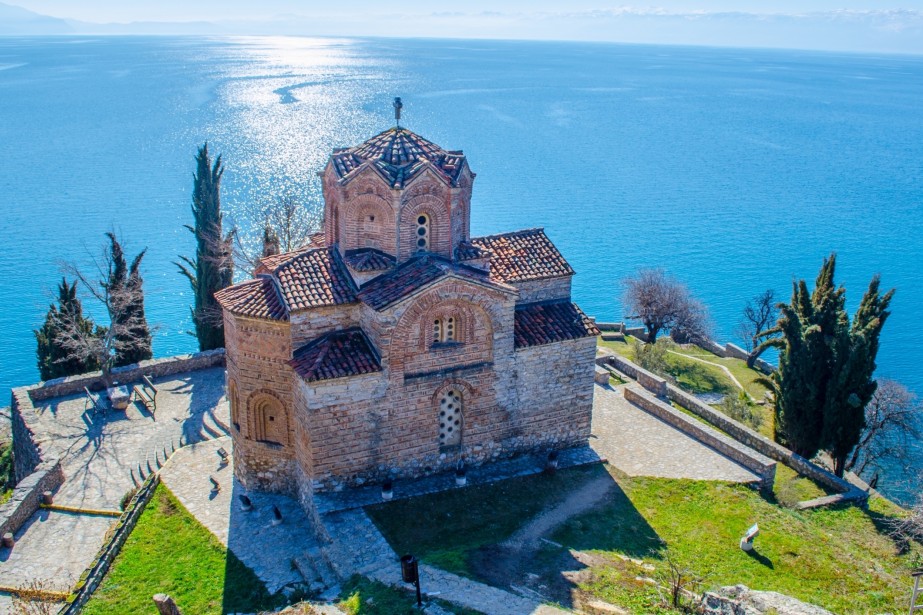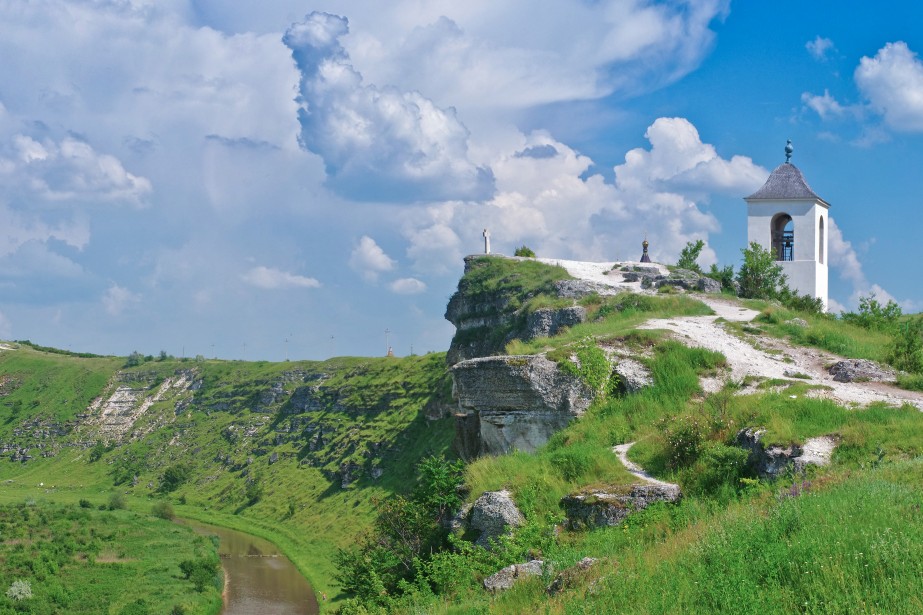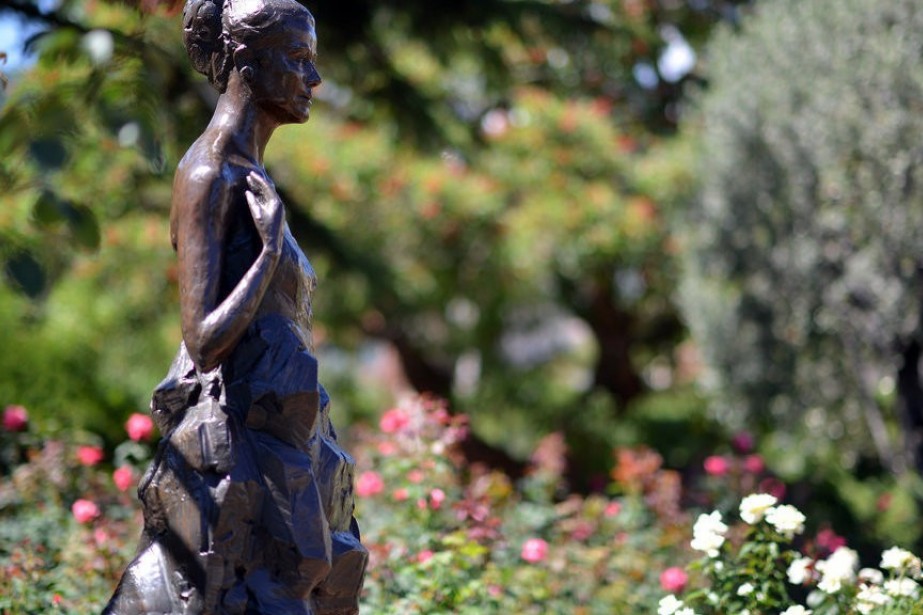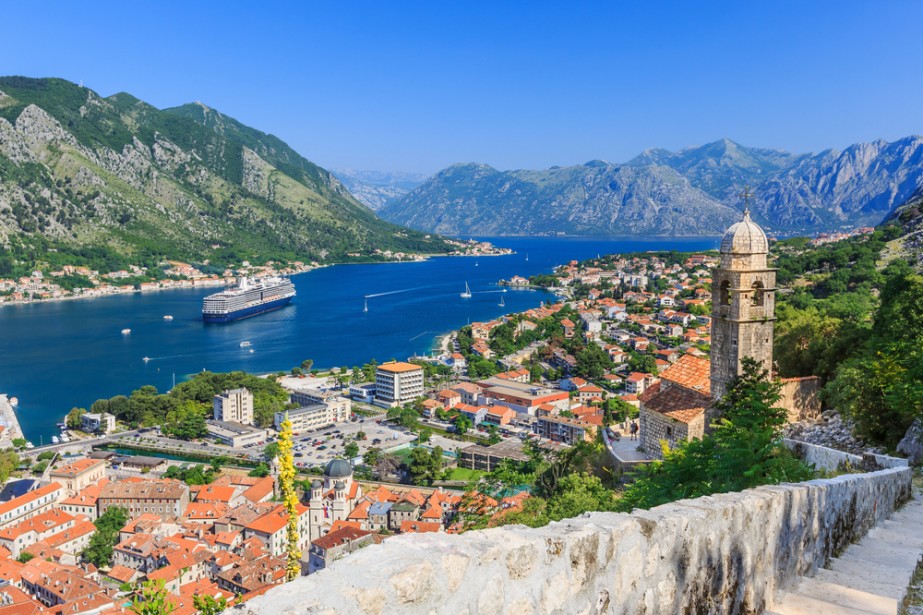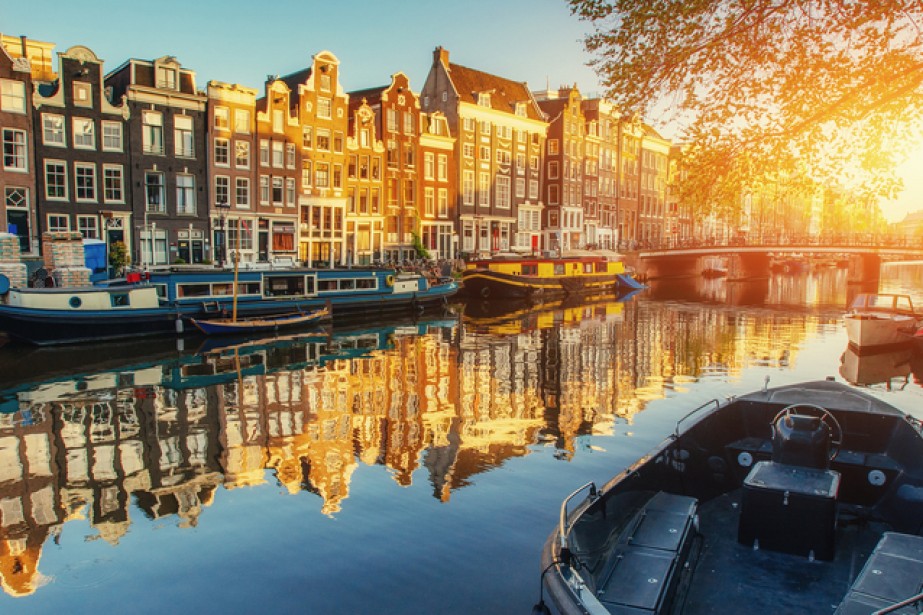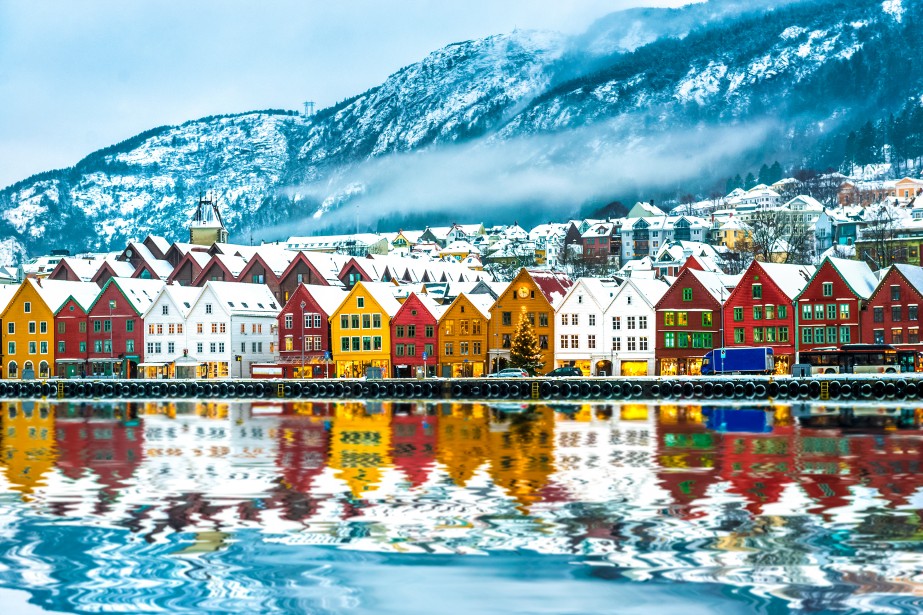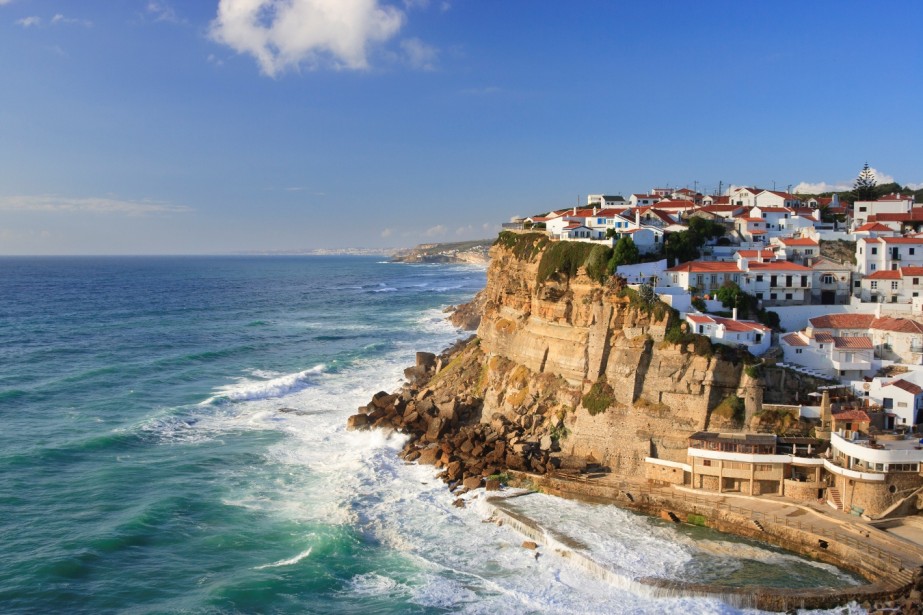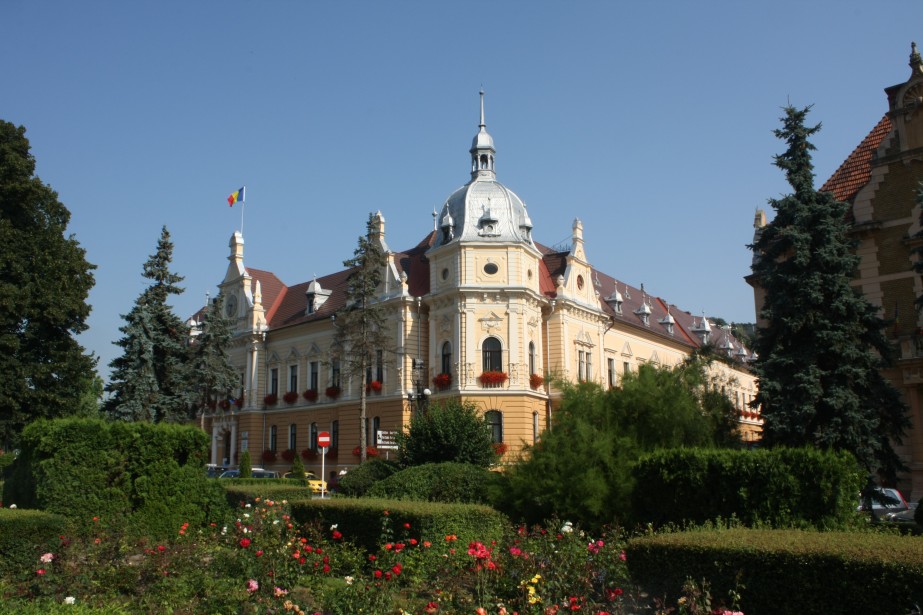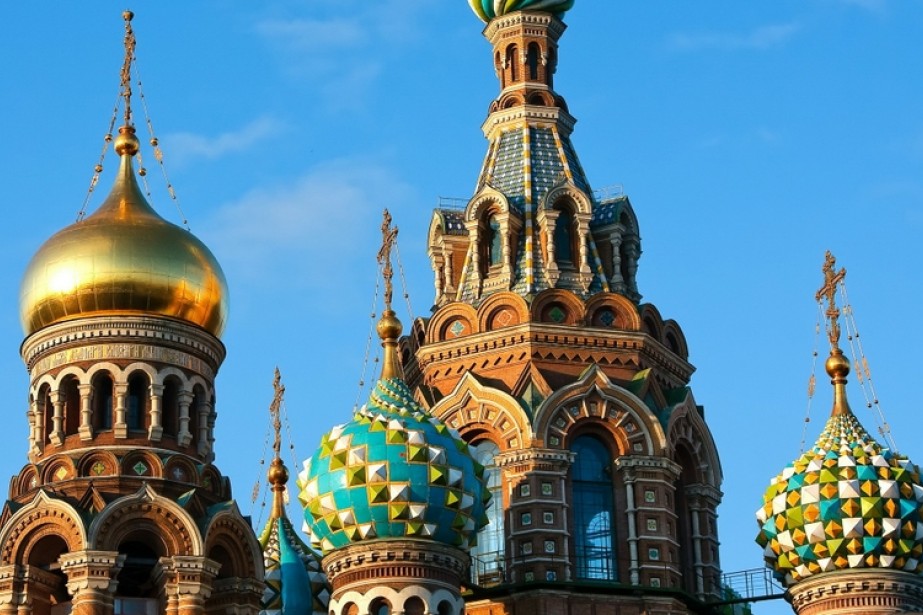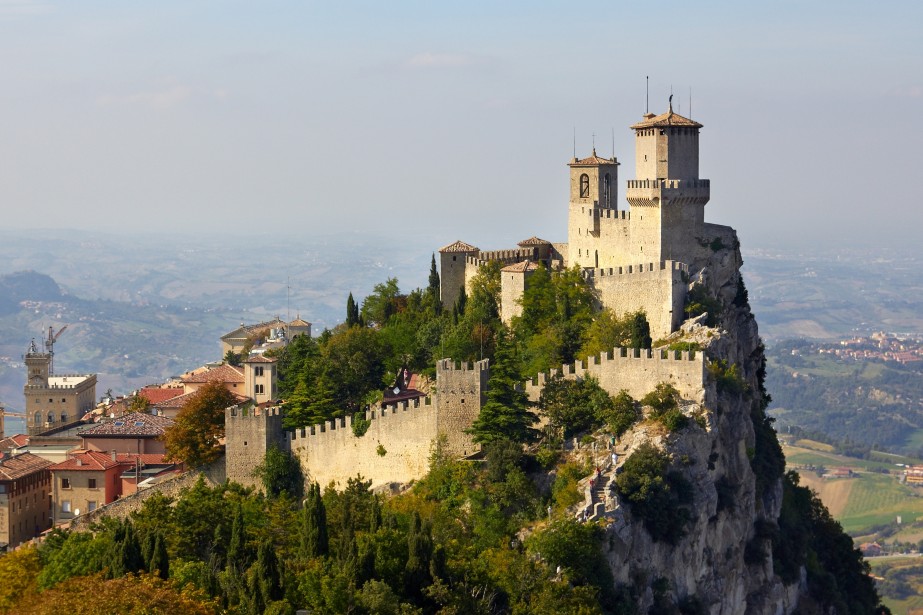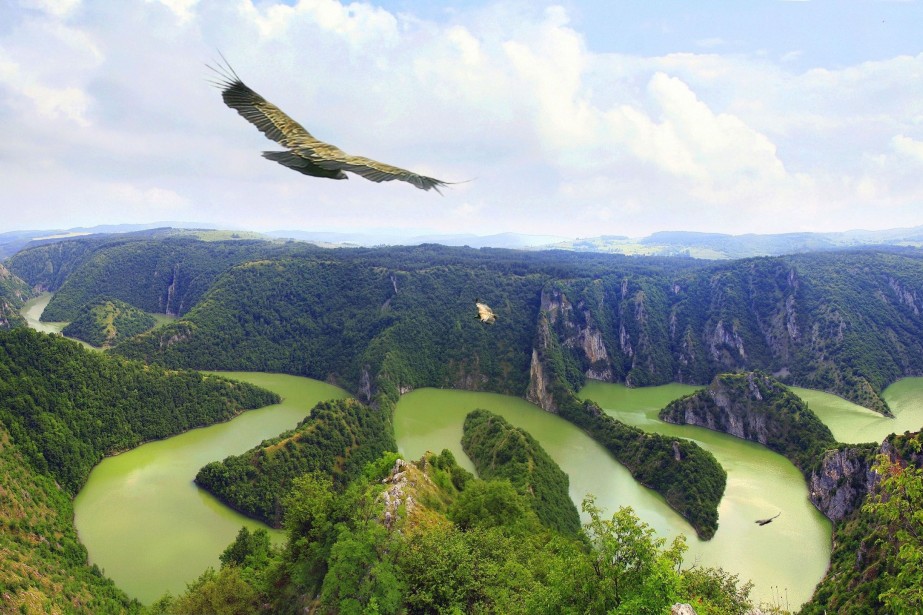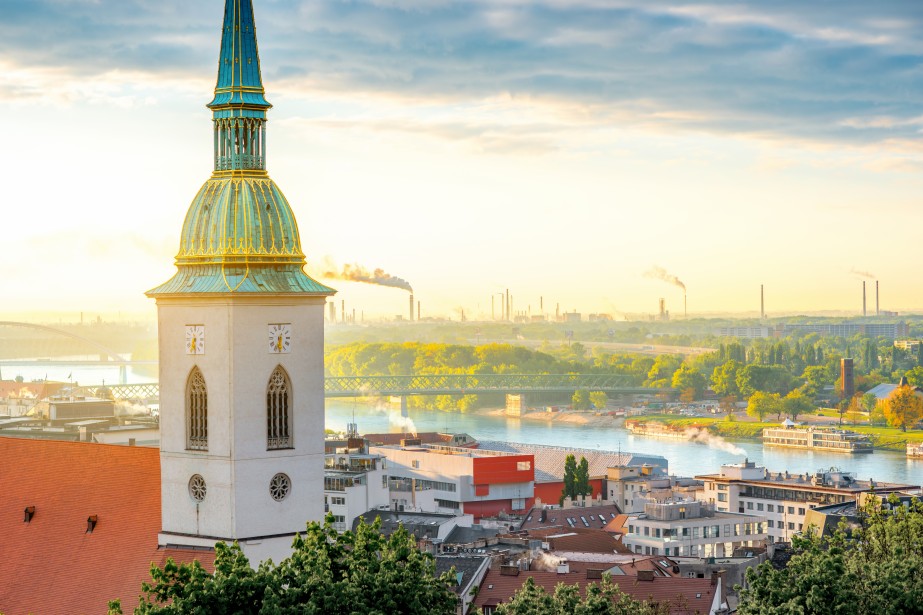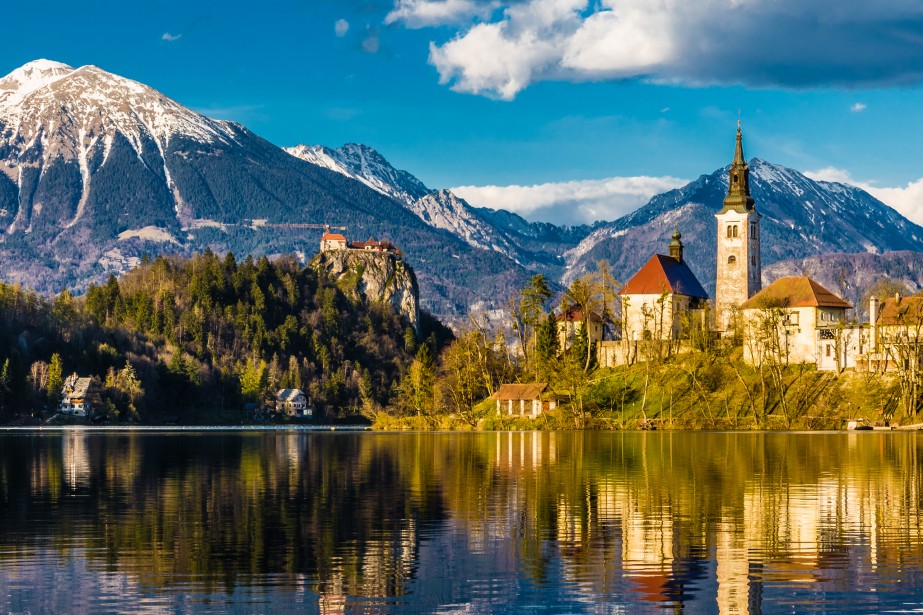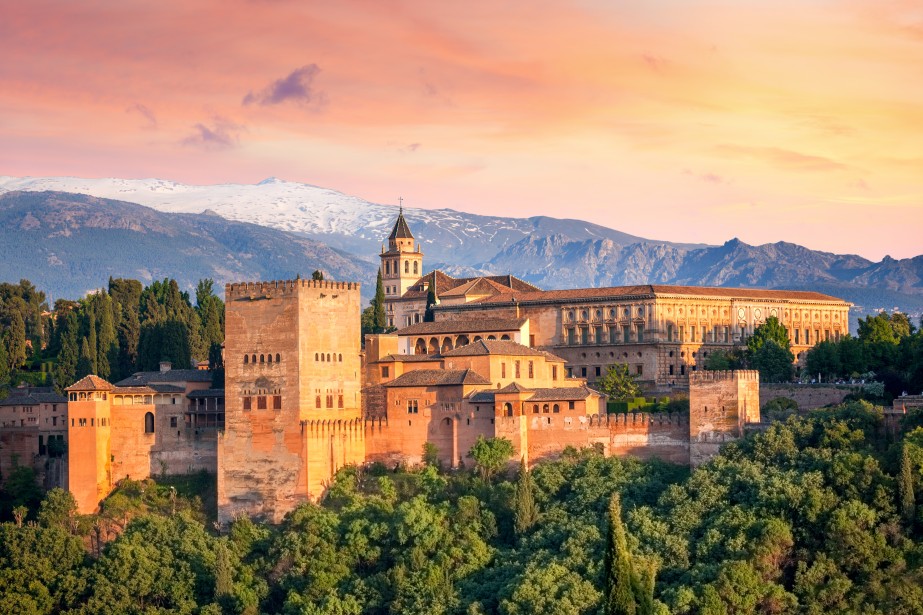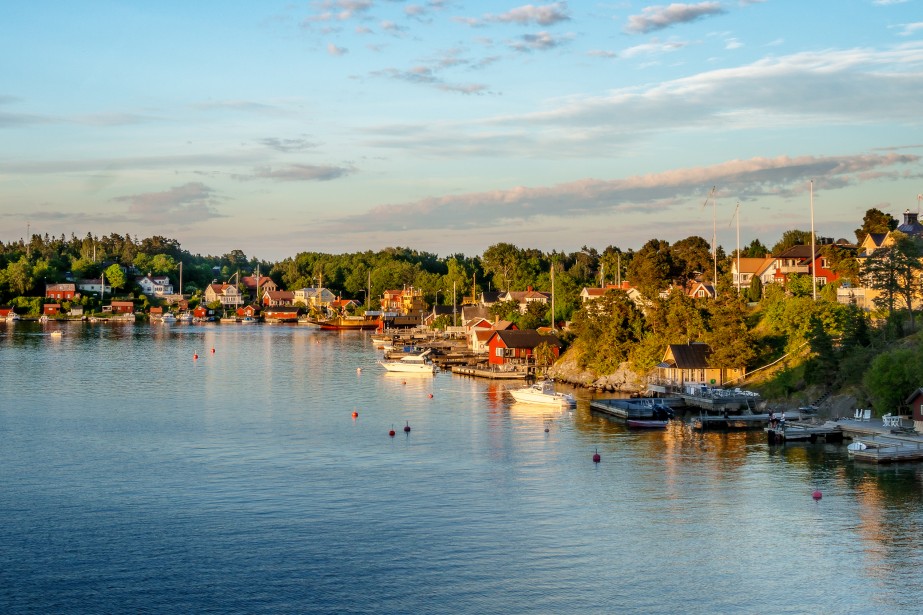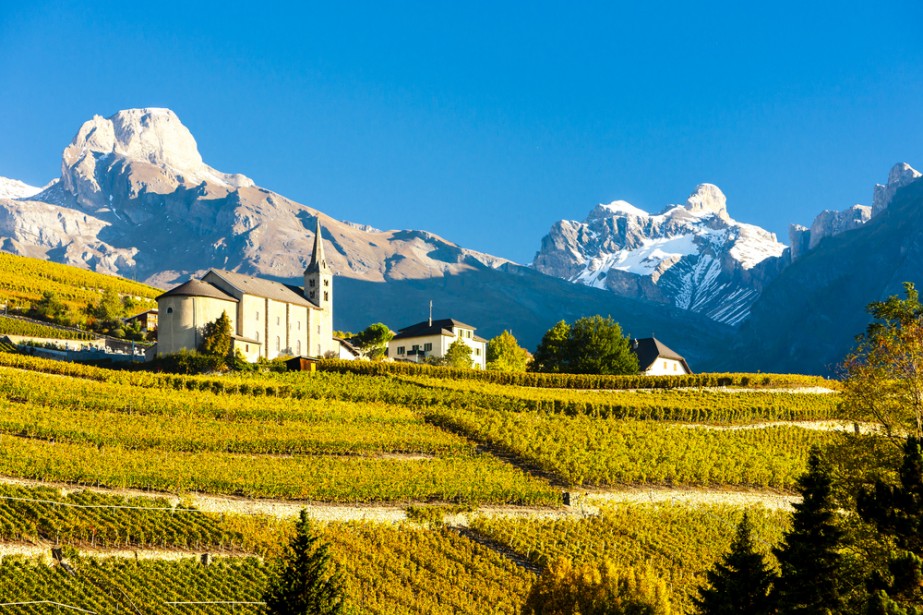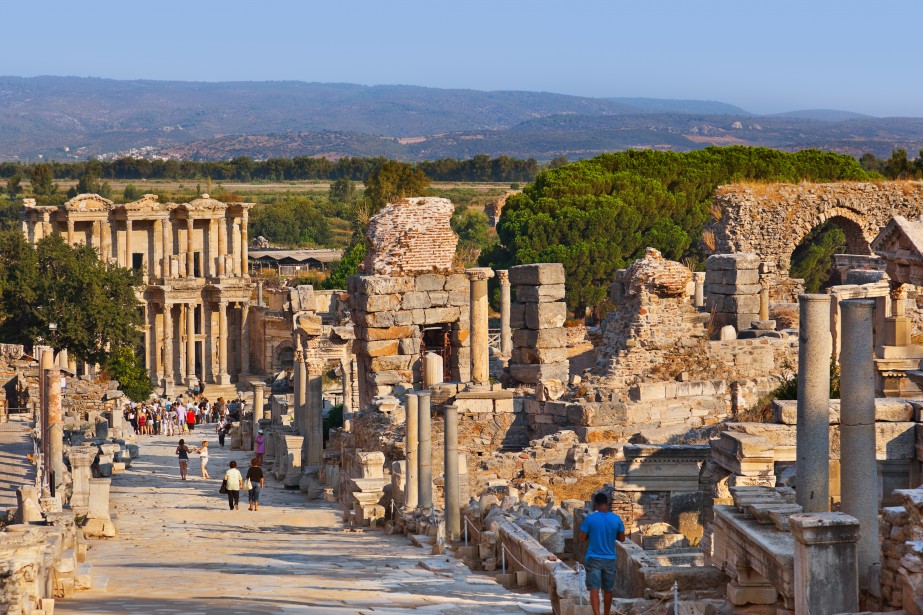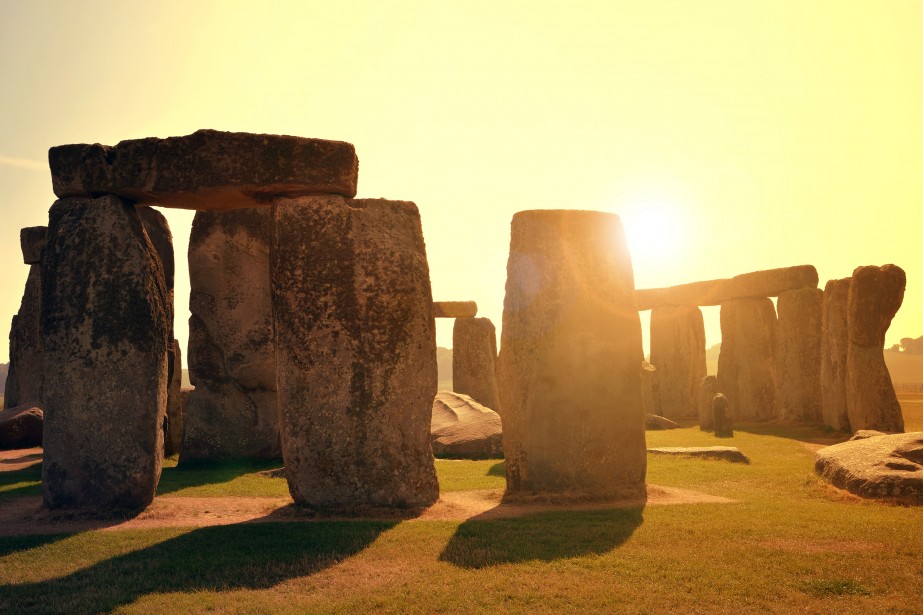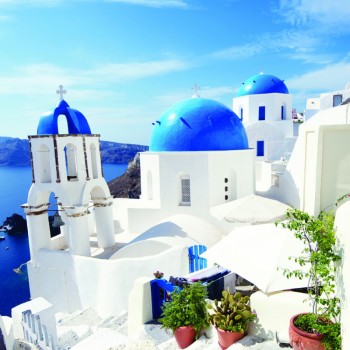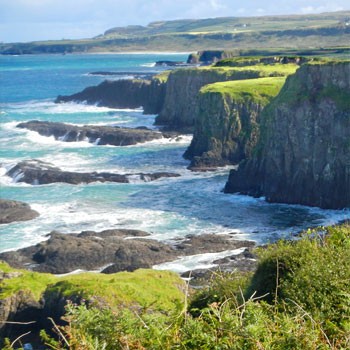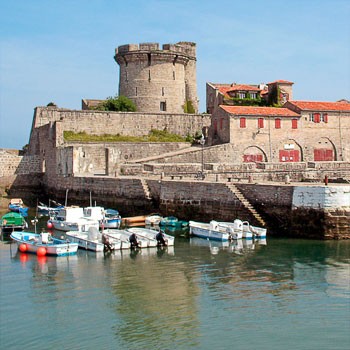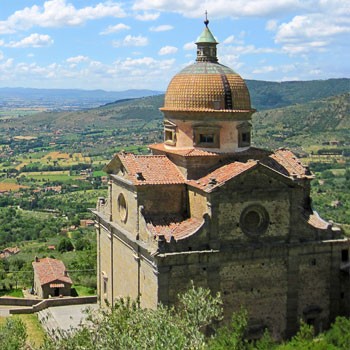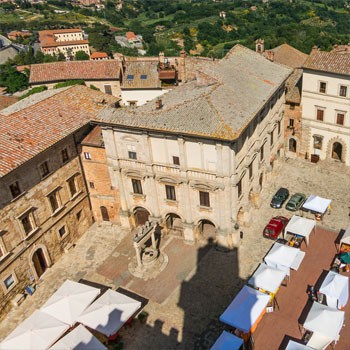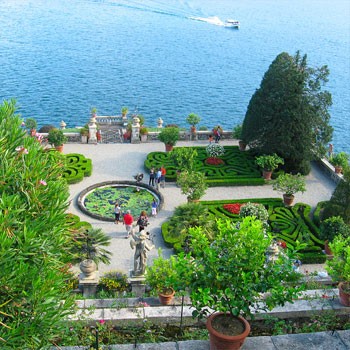Submitted by Pip Strickland on August 24, 2016
Overview
Emerging as one of Eastern Europe’s “must visit” destinations is Moldova, landlocked between Romania and Ukraine. Under Soviet Rule since World War II, Moldova officially became an independent republic in 1991 and its traditional culture, gastronomy and hospitality are being slowly discovered by the outside world.
While the capital Chişinău is a fascinating mix of historic architecture and Soviet-era structures, the rural countryside is dotted with elaborate monasteries, half-buried churches and record-breaking cellars where the country’s outstanding (and highly affordable) wine is produced. Moldova also boasts its fair share of natural beauty, with wooded reserves traversed by walking trails and caves beautifully adorned in stalagmites and stalactites.
The breakaway region of Transnistria offers a glimpse into the Soviet past, with the capital Tiraspol hosting the Kvint Cognac Factory, while rural Moldovan’s continue their long established traditions of wine cultivation, animal rearing and vegetable production that saw the country dubbed the Soviet Union’s “garden”.
Moldova may be one of Europe’s least-visited countries, but as word gets out about its many allures, that’s sure to change soon.
When to travel - weather
Moldova experiences a continental climate, with warm to hot summers and cold, dry winters. The long summer days are ideal for exploring the country’s natural wonders and sightseeing, with many cultural festivals held during this period. Heavy rainfall is common at the start of summer, with short downpours and thunderstorms, which hold out until around October. Summer coincides with the peak tourist season when both domestic and European visitors are on their long annual holidays. But considering Moldova is still relatively undiscovered by mass tourism, crowds are still comfortable at most of the popular sights.
Both fall and spring are also pleasant times to visit, particularly if you plan on hiking or cycling through the countryside. The changing of leaves in fall and the winter thaw in spring seeing blooming flowers and impressive waterfalls, although rainfall along the Black Sea coast is not uncommon.
Winter is a less than favorable time to visit, with temperatures dropping below freezing and high winds making it uncomfortable for sightseeing and outdoor pursuits.
Food and drink
The Moldovan cuisine draws on influences from Ottoman, Greek, Ukrainian and Russian diets, reflecting its history under various empires and rulers. Beef, pork, potatoes, cabbage and cereals have been the traditional staples of Moldova, with its fertile black soils providing the perfect conditions for growing a huge variety of vegetables. There is a strong focus on home-style cooked meals, with house-raised animals and home-grown vegetables, often served alongside home-made wines.
Meats commonly feature in hearty stews and casseroles like friptura, which sees pork ribs cooked in beer with bay leaves and garlic. While the chicken soup known as zeama is a popular lunch dish, made from home-reared chicken, noodles, parsley, vegetables and sour cream. The starch porridge mamaliga is a traditional accompaniment to rustic Moldovan dishes. Made from yellow maize flour, salt and water, it is similar to polenta and often topped with sour cream or Moldovan brinza cheese.
If you are looking for a lunchtime snack, stuffed fried bread known as placinta can be found in both sweet and savory varieties, while stuffed cabbage leaves (sarmale), with seasoned rice, vegetables and sometimes meats are similar to Middle Eastern dolmas.
Moldova also produces some of Europe’s finest wine, with political circumstances restricting access and it only recently being “discovered” by the outside world. Wine tourism is one of the main sectors of Moldova’s economy today and the opportunity to not only sample the different varieties, but also participate in the annual harvest, is a highlight for many visitors to the country.
Popular vacation spots
Chișinău - The cultural, political and social heart of Moldova is the capital Chișinău. It’s home to excellent museums which include the National Museum of Ethnography and Natural History, together with a fantastic restaurant scene and Moldova’s best nightlife. Witness its elaborate Nativity Cathedral and City Hall, wander through picturesque Central Park, and discover the soviet-era history in Chișinău’s monuments. Then travel north for a cycling tour through the underground “wine city” of Cricova or visit the aptly-named Cave of Surprises.
Orheiul Vechi Cave Monastery - The Orheiul Vechi Cave Monastery is situated on a rocky outcrop overlooking the Raut River in the center of the country and comprises ruins, fortifications and a museum detailing its religious and cultural history. It was built by Orthodox monks in the 13th century and set within a landscape of spectacular beauty, designed to provide aesthetic harmony for daily religious practices.
Milestii Mici - Home to the largest wine collection in the world, the Milestii Mici wine cellars cover around 200 kilometers of underground limestone galleries, designed to maintain a constant temperature for the wine that is stored there. Take a guided tour to explore its rare varietals and learn the history of Milestii Mici, then taste the finished result accompanied by a traditional Moldovan lunch.
Padurea Domneasca Nature Reserve - Dubbed the “Land of Herons” for its outstanding birdlife and nesting herons, the Padurea Domneasca Nature Reserve is Moldova’s largest protected area. Its a tranquil spot for hiking beneath the magnificent oak trees, willows and poplars or fishing in the Prut River, together with spotting the small herd of bison which reside within the reserve.
Hundred Knolls - Located between the Prut and Nistru Rivers in Moldova’s northwest are the Hundred Knolls - 350 hills formed by a unique natural phenomena. They are believed to be the result of seasonal floods, due to their ancient seabed formations, and are a magical place to hike and soak up Moldova’s natural beauty.
Capriana Monastery - Located within a sprawling forest on the banks of the Isnavat River, the Capriana Monastery remains a symbol of Moldovan nationalistic pride even today. It dates to the early 15th century when it was given the status of royal monastery by Alexander the Good, and today features three churches, an abbot’s house, refectory and monk’s cells, together with Moldova’s largest religious library.
Soroca - Situated on the Dniester River in the north of the country is the Roma Capital of Soroca. It is most renowned for its 15th-century medieval fortress which watches over the modern city below and once marked Moldova’s northeastern edge. Its Museum of History and Ethnography is a good place to gain a better understanding of the city’s history, before walking along the fort’s ancient walls and admiring the architecture of Soroca’s distinct Roma houses. Then venture out to the Rudi Arionesti Reserve, renowned for its deep gorge, old-growth forest and 18th-century Rudi Monastery.
Tiraspol - The unofficial capital of Moldova’s breakaway Transnistria region is Tiraspol, which appears to many to be caught in a Soviet-era time warp. Its streets are lined with communist-era architecture and monuments which will appeal to history buffs, but it’s the Kvint Cognac Factory that draws the majority of tourists, producing arguably Moldova’s finest cognac.
Căușeni - The small town of Căușeni in Moldova’s east is renowned as the location of the Assumption of the Virgin Mary Church, the town’s oldest surviving building and half-buried in the ground. Built in the 17th century, it is steeped in Tartar legend and exhibits Moldova’s only medieval frescoes, which were painted in the late Byzantine-Romanian style by Wallachians.
Practical information
Language
Moldova’s official language is Romanian, which is closely related to Italian, French, Spanish, and Portuguese as one of the Romance languages. Since 2013 it has been officially referred to as Moldovan, however, with Russian widely spoken in some areas of the countryside, together with small populations of Ukrainian and Gagauz. Both French and English are now taught at schools across Moldova, so even outside of the big cities and major tourist areas, finding a youth to help translate shouldn’t be a problem.
Money
The official currency of Moldova is the Lei (MDL), with exchange bureaus and banks in the major cities and airports your best option for changing money. While ATMs are widespread in Chişinău and the larger cities, they are less common in rural parts of Moldova where cash is the preferred method of payment. Credit cards are accepted at some major hotels, restaurants and large stores, but cash is necessary at smaller proprietors.
Health and Safety
Crime involving tourists remains relatively low in Moldova, with pick pocketing the major issue in Chişinău. Always carry a photocopy of your passport for identification purposes and secure your valuables in a hotel safe. Travelers planning on visiting the breakaway region of Transnistria should be aware that is lies outside the control of Moldovan authorities, and consular support, in cases of emergency, may not be possible. Police corruption and bribery are not uncommon, although the situation is slowly improving. Some scams targeting foreigners do exist in Moldova, particularly international finance and Russian dating scams initiated online.
A comprehensive travel insurance plan is highly recommended before traveling to Moldova and visitors should keep in mind that the standard of medical care is below that of many western countries, with English not always spoken by hospital staff. In addition to routine vaccinations, together hepatitis A and typhoid, drinking bottled water is advised and travelers should be aware of the relatively high incidence of HIV in Moldova.

